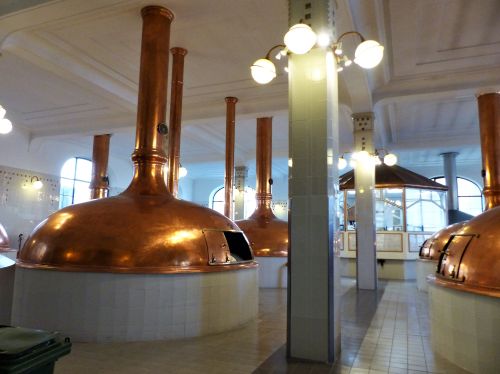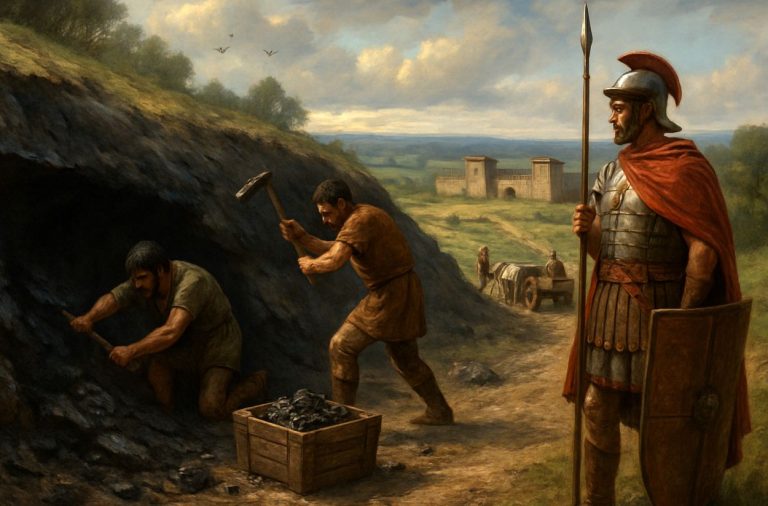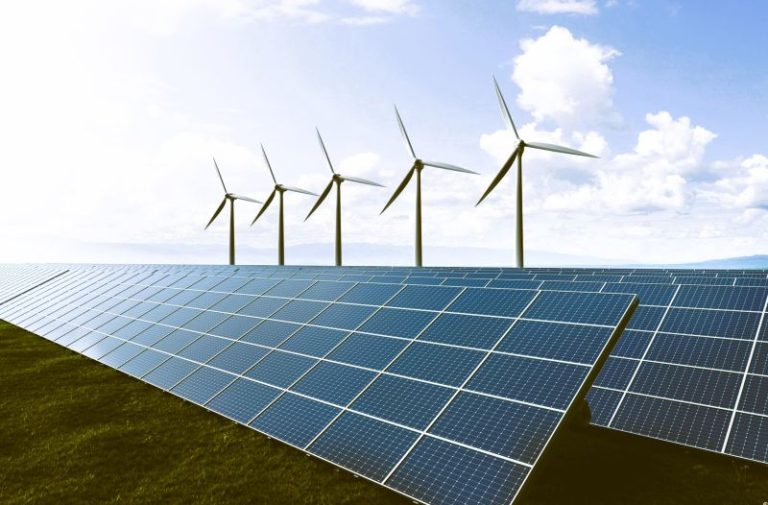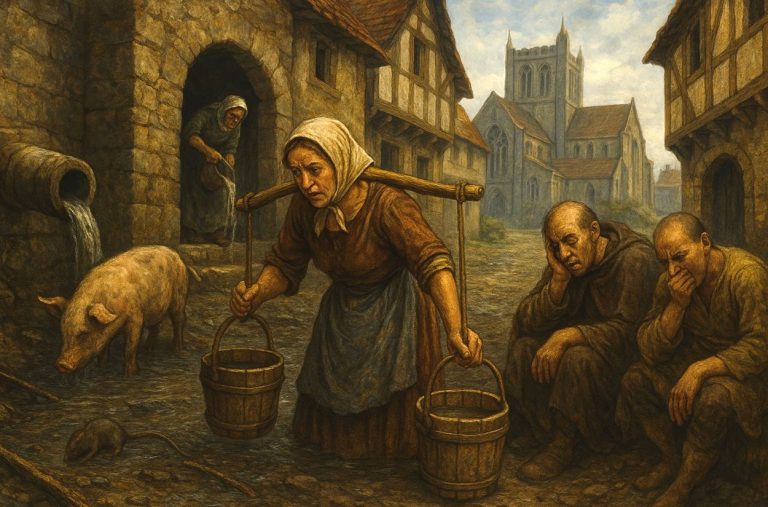

To safeguard beer against climate change is not merely to preserve a product but to defend a cultural inheritance that stretches across millennia.

By Matthew A. McIntosh
Public Historian
Brewminate
Introduction: Beer as Cultural Bedrock
From Sumerian hymns praising Ninkasi to the foamy pints of Munich’s Oktoberfest, beer has been a constant companion to human civilization. It has served as nutrition, sacrament, social lubricant, and economic engine. Unlike wine, which emerged from the aristocratic domains of the vineyard, beer was historically the drink of the commons, brewed in kitchens, monasteries, and communal halls. Its accessibility gave it a democratic character, linking it to the rhythms of ordinary life.
Yet the climate that once enabled its abundance now threatens its future. The stability of beer depends on three fragile ingredients (barley, hops, and water) each acutely vulnerable to the disruptions of a warming planet. Scientists warn that within decades, the cost and character of beer will change drastically, with Europeans in particular facing higher prices and blander flavors. The question is not whether beer will adapt, but at what cost to tradition, taste, and culture.
The Fragility of Barley
Barley is the backbone of brewing, responsible for the sugars that become alcohol. But it is also a crop that thrives only within certain climatic bounds. Droughts scorch the soil, while heatwaves accelerate growth cycles and reduce starch accumulation. The result is weaker malt and, ultimately, thinner beer. A 2023 study highlighted that European barley yields are already faltering under extreme conditions, a trend expected to worsen as warming intensifies.
The geographical epicenters of barley production, from Germany and the Czech Republic to the American Midwest, are particularly exposed. The 2018 European heatwave, for example, forced breweries to pay inflated prices for diminished harvests, sending shockwaves through global supply chains. Future projections suggest such events will become the norm rather than the exception. In some regions, climate volatility may make barley cultivation uneconomical, prompting farmers to abandon the crop entirely.
For beer, this spells more than scarcity; it signals a potential transformation of identity. The distinct qualities of Czech pilsners or Bavarian lagers derive not only from brewing technique but from the barley grown in those soils under those skies. Replace them with barley from Canada or Scandinavia, and the resulting drink may sustain alcohol content but lose its cultural terroir.
Hops under Pressure
If barley provides beer’s body, hops define its soul. They lend the floral aromas, bitter bite, and preservative qualities that distinguish one brew from another. But hops are notoriously climate-sensitive, thriving only in temperate zones with cool nights and ample moisture. As these conditions recede, so too does the consistency of hop harvests.
In Europe, scientists have documented a sharp decline in hop quality. Essential oils that provide aroma and alpha acids that deliver bitterness are both falling under heat stress. Yields in Germany and the Czech Republic have dropped by as much as 20 percent in recent years, forcing brewers either to pay higher prices or to substitute inferior varieties. The Pacific Northwest of the United States, another hop stronghold, has faced wildfires and drought that threaten production on an annual basis.
The implications are profound. The craft beer revolution of the past two decades was built on hop diversity, citrus-forward IPAs, pine-laden pale ales, tropical-infused hazies. Without stable access to aromatic hops, the palette of modern brewing shrinks. What began as a renaissance of taste risks narrowing into bland uniformity.
Water: Beer’s Primary Ingredient
While barley and hops capture attention, water quietly constitutes 90 to 95 percent of beer. Its availability and purity shape every pint. Climate change, however, has unleashed a global water crisis. Droughts, glacier melt, and over-extraction strain supplies from South Africa to the American West.
For breweries, the challenge is twofold. First, water scarcity raises competition with local communities, leading to tensions over resource use. Second, declining water quality from pollution or salinity changes brewing chemistry, forcing costly filtration. A 2023 Associated Press report underscored how extreme weather and water stress are already squeezing brewers worldwide. In regions like the Colorado River basin, where agriculture, cities, and breweries all draw from shrinking supplies, beer becomes a microcosm of broader environmental conflict.
Unlike barley or hops, water cannot simply be imported. Breweries may relocate production, but they cannot relocate rivers. The security of beer’s most abundant ingredient thus ties it inseparably to the fate of local ecologies.
Brewing at Risk: Quality, Cost, and Consumer Impact
Combine shrinking barley yields, weakening hops, and water scarcity, and the outcome is predictable: higher prices for beer and diminished quality. Already, researchers warn that Europe’s beers will taste blander and cost more in the coming decades. For consumers, this means not only a hit to wallets but also a narrowing of cultural experiences.
The rise of craft brewing has accustomed drinkers to a spectrum of styles, flavors, and strengths. Climate stress threatens that diversity. Mass-market lagers may survive through economies of scale, but artisanal brewers, dependent on small batches of high-quality ingredients, face existential risk. A world of beer that collapses back into standardized, interchangeable products would represent not only economic loss but also cultural impoverishment.
Farmers and Supply Chains
Behind every pint are farmers cultivating barley and hops. For them, climate volatility is not an inconvenience but a daily gamble. A failed harvest means debt, displacement, or abandonment of the craft. In Germany, growers report not only reduced yields but also declining quality, making once-reliable varieties unsuitable for brewing. In the U.S. Northwest, hop farmers contend with the unpredictability of wildfires and drought years that can wipe out months of labor.
This fragility reverberates through supply chains. Breweries reliant on consistent contracts face sudden shortages, while distributors must scramble to secure substitutes. Some farmers migrate cultivation northward (toward Scandinavia, Canada, or New Zealand) but such moves cannot replicate overnight the centuries of tradition rooted in Bavarian or Bohemian fields. Once again, climate change exposes the asymmetry between global North and South: wealthier producers may adapt, while poorer farmers struggle on the margins.
Brewing Industry Responses
The beer industry is not oblivious. Major conglomerates have launched initiatives to reduce water consumption, invest in renewable energy, and explore drought-resistant barley strains. Some partner with universities to develop hybrid hops capable of withstanding hotter summers. Circular economy models, from recycling wastewater to repurposing spent grain, hint at new paradigms of “green brewing.”
Yet adaptation is uneven. Large corporations can absorb costs and experiment with innovation, while small craft breweries often lack capital to weather disruptions. Ironically, it is these small breweries that drove the creative explosion of the past generation, making them disproportionately important to beer’s cultural richness. If climate change accelerates consolidation in the industry, the result may be technical resilience paired with cultural homogenization.
Cultural Dimensions of a Changing Pint
Beer has always been more than a drink; it is a ritual of identity. Nations stake pride on brewing traditions, from Irish stouts to Belgian lambics. Festivals like Oktoberfest embody not only consumption but also cultural heritage. Climate change threatens these identities by destabilizing the material foundations of their expression.
The ethical dimension also looms. Should consumers pay more to support sustainable beer, just as they are asked to support fair-trade coffee? Or will beer remain locked in a model where low prices are valued above resilience? History suggests food culture shifts under pressure: famines in antiquity reshaped diets, while shortages during wartime altered traditions. Beer may undergo a similar metamorphosis, its symbolic role shifting in tandem with its material constraints.
Possible Futures: Beer in 2050
One vision of 2050 imagines resilient barley strains, climate-adapted hops, and breweries powered by renewable water systems. In this world, beer remains diverse, accessible, and central to cultural life. Another vision foresees a narrower future: Robusta-like substitutes for hops, synthetic malts, homogenized lagers sold at premium prices. Craft brewing dwindles into luxury, while beer becomes a uniform commodity.
Most plausible, however, is a fractured landscape: some regions innovate and thrive, others falter and fade. Certain traditions endure, others vanish. The taste of beer in 2050 will not be determined solely by biology or climate, but by political and economic choices made in the present.
Conclusion: Raising a Glass to Resilience
Beer embodies humanity’s capacity for creativity, conviviality, and continuity. To safeguard it against climate change is not merely to preserve a product but to defend a cultural inheritance that stretches across millennia. The pint in hand becomes a mirror of the larger struggle: whether societies will invest in adaptation, sustainability, and justice, or whether they will allow heritage to dissolve into scarcity. If climate change teaches anything, it is that even the most ordinary pleasures, a cold beer at day’s end, rest on fragile foundations. To raise a glass in the decades ahead will be to acknowledge that resilience is brewed not only in fields and breweries, but in collective will.
Originally published by Brewminate, 09.10.2025, under the terms of a Creative Commons Attribution-NonCommercial-NoDerivatives 4.0 International license.


